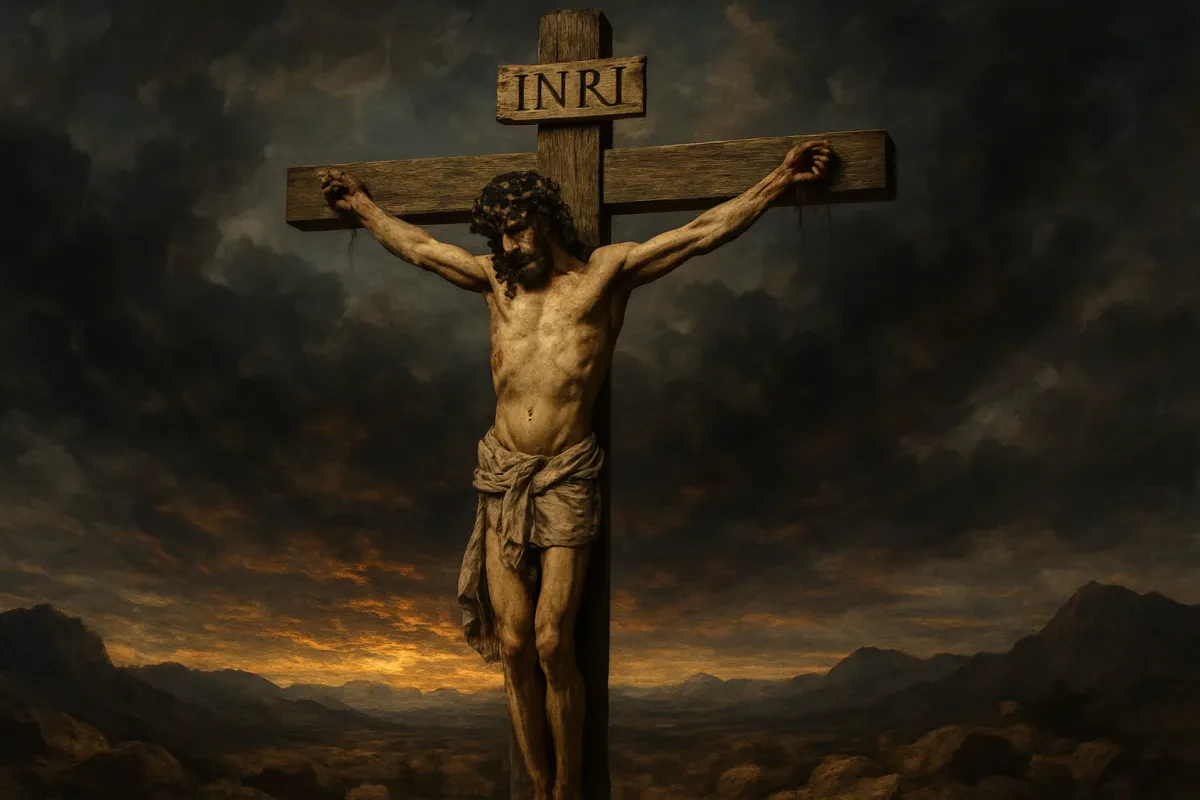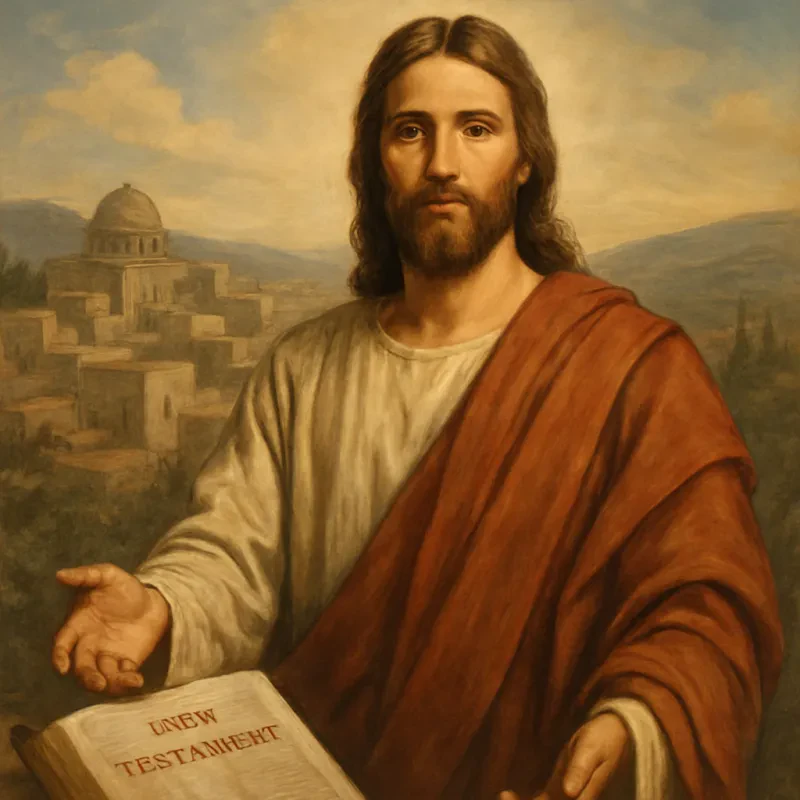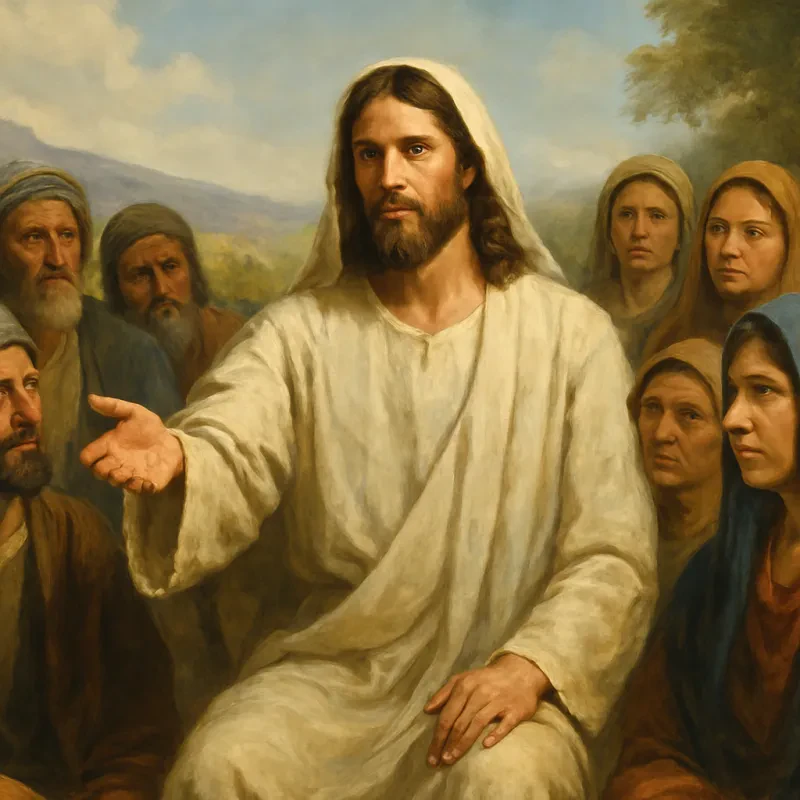The crucifixion of Jesus Christ is one of the most important events in human history. Whether viewed through the lens of faith, history, or archaeology, the crucifixion is rich with meaning, evidence, and spiritual significance. In this comprehensive article, we’ll explore powerful and little-known facts about Jesus’ crucifixion, including its historical background, biblical details, and lasting impact.
Why the Crucifixion of Jesus Matters
The crucifixion of Jesus is central to Christian belief. It represents both the climax of Jesus’ earthly ministry and the foundation of salvation for believers. His death on the cross is not just a religious story—it’s a well-documented historical event that continues to influence billions today.
Understanding the facts surrounding this event offers deeper insight into Jesus' mission, his fulfillment of prophecy, and the extraordinary nature of his sacrifice.
Historical Facts About Jesus' Crucifixion
Jesus Was Crucified Under Roman Authority
Jesus' crucifixion occurred during the rule of Pontius Pilate, the Roman governor of Judea from AD 26 to 36. This aligns with biblical accounts and is supported by Roman historian Tacitus, who noted in Annals that Jesus "suffered the extreme penalty" under Pilate's command. Jewish historian Josephus also makes reference to Jesus’ death.
This historical corroboration makes the crucifixion one of the best-attested events in ancient history.
Crucifixion Was a Roman Method of Execution
The Romans used crucifixion to execute rebels, slaves, and the most despised criminals. It was designed to be slow, agonizing, and public. Victims were usually scourged, stripped naked, and nailed to wooden crosses to die a prolonged death, often taking several days.
Jesus’ execution was typical of Roman practice, except for the unusual events surrounding it, including the darkness, earthquake, and the tearing of the temple veil.
Biblical Accounts of Jesus' Crucifixion
All Four Gospels Describe the Event in Detail
The crucifixion is recorded in Matthew 27, Mark 15, Luke 23, and John 19. These accounts agree on key details:
-
Jesus was mocked, flogged, and forced to carry his own cross.
-
He was crucified at Golgotha (the “Place of the Skull”).
-
He was placed between two criminals.
-
He died around 3 p.m. after several hours on the cross.
Although written from different perspectives, the Gospels provide a consistent and vivid narrative of the crucifixion.
Darkness Covered the Land at Noon
According to the Synoptic Gospels, darkness fell over the land from noon to 3 p.m. during Jesus’ crucifixion. This unusual event has been interpreted both symbolically and literally. Some scholars suggest a solar eclipse or natural phenomenon, while others see it as divine intervention signifying judgment and sorrow.
The Temple Veil Was Torn in Two
One of the most dramatic signs accompanying Jesus’ death was the tearing of the temple veil. This curtain separated the Holy of Holies from the rest of the temple, and its rending symbolized direct access to God through the death of Jesus. This moment marked the end of the Old Covenant system of sacrifices.
Archaeological and Medical Perspectives
The Shroud of Turin Matches Gospel Descriptions
The Shroud of Turin, believed by many to be the burial cloth of Jesus, bears the image of a crucified man with wounds consistent with those described in the Gospels—pierced wrists and feet, scourge marks, and a side wound. While debated, the shroud has intrigued scientists and theologians for centuries and remains a powerful artifact.
Medical Analysis Confirms Intense Suffering
Modern forensic studies reveal that Jesus likely died from a combination of hypovolemic shock (due to blood loss), exhaustion asphyxia (from restricted breathing on the cross), and possible heart failure. His scourging alone would have caused severe trauma, and the crucifixion posture made breathing increasingly difficult with every passing minute.
Timeline and Chronology of the Crucifixion
Crucified on a Friday Before Passover
Jesus was crucified on a Friday—now commemorated as Good Friday—just before the Sabbath and during the Jewish Passover. Most scholars agree on the date falling between AD 30 and AD 33, with AD 30 being the more likely of the two.
Jesus Hung on the Cross for Six Hours
Jesus was placed on the cross around 9 a.m. and died at approximately 3 p.m., according to Mark and Luke. The duration of six hours is shorter than most Roman crucifixions, likely due to the brutal scourging beforehand, which hastened his death.
Prophecies Fulfilled at the Crucifixion
Over 20 Old Testament Prophecies Came True
The crucifixion fulfilled multiple Old Testament prophecies, such as:
-
Psalm 22: “They pierced my hands and my feet.”
-
Isaiah 53: “He was wounded for our transgressions.”
-
Zechariah 12:10: “They will look on me, the one they have pierced.”
These passages, written centuries before Jesus’ birth, align closely with the events of his crucifixion, pointing to divine orchestration.
Theological Significance of Jesus' Death
The Crucifixion Was a Willing Sacrifice
Jesus wasn’t a helpless victim—he willingly gave his life. In John 10:18, Jesus says, “No one takes it from me, but I lay it down of my own accord.” His death was a conscious act of love and obedience, fulfilling God’s plan for redemption.
The Cross Made Forgiveness Possible
Christian doctrine teaches that Jesus’ crucifixion paid the penalty for sin. Romans 5:8 declares, “God demonstrates his love for us in this: While we were still sinners, Christ died for us.” His death bridges the gap between humanity and God, offering forgiveness and eternal life to all who believe.
Roman Practices and the Unique Nature of Jesus’ Execution
Crucifixion Was for Non-Citizens
Roman citizens were typically exempt from crucifixion. They were instead executed by faster methods, such as beheading. Crucifixion was considered the most disgraceful and excruciating form of punishment. Jesus’ death in this manner was intentionally humiliating in the eyes of the Roman and Jewish authorities.
Breaking of the Legs Was a Common Practice—But Not for Jesus
To hasten death, Roman soldiers often broke the legs of crucifixion victims, preventing them from pushing up to breathe. In Jesus’ case, they found him already dead and did not break his legs—fulfilling the prophecy that “not one of his bones will be broken” (Psalm 34:20). Instead, a soldier pierced his side with a spear, confirming his death.
Burial and What Happened Next
Jesus Was Buried in a Rich Man’s Tomb
After his death, Jesus was buried in the tomb of Joseph of Arimathea, a wealthy member of the Sanhedrin. This detail fulfilled Isaiah 53:9, which says the Messiah would be “with a rich man in his death.”
Roman Guards Were Assigned to the Tomb
To prevent Jesus’ followers from stealing the body and claiming a resurrection, Roman guards were placed at the tomb. Despite this precaution, Christians believe Jesus rose from the dead three days later—an event celebrated as Easter and considered the ultimate confirmation of his divine identity.
Final Reflections: The Cross That Changed Everything
The facts about Jesus’ crucifixion reveal more than just a historical execution. They tell the story of a man who willingly endured agony and humiliation to fulfill prophecy, redeem humanity, and offer hope to a broken world. From archaeological clues and medical research to prophetic fulfillment and theological depth, every detail of the crucifixion invites us to consider its meaning.
This singular event continues to inspire faith, provoke reflection, and draw seekers into its mystery. Whether you approach it as a believer or a curious historian, the crucifixion of Jesus remains one of the most consequential and compelling moments in the story of humanity.







